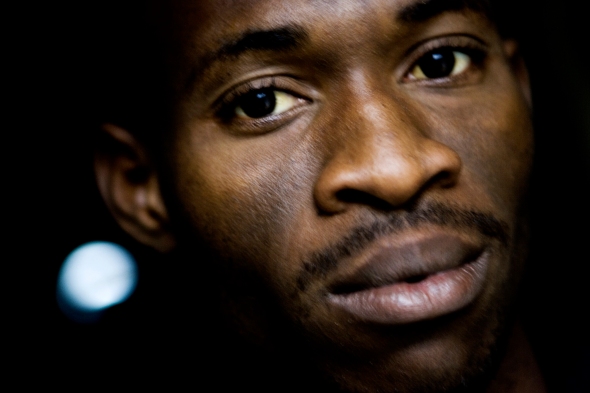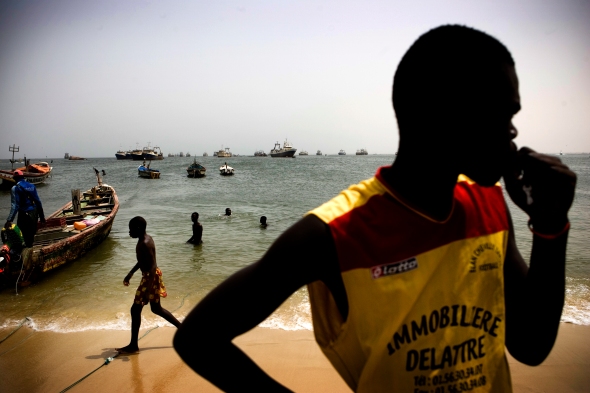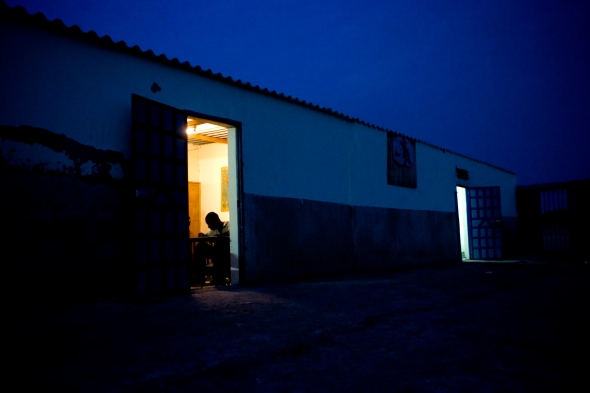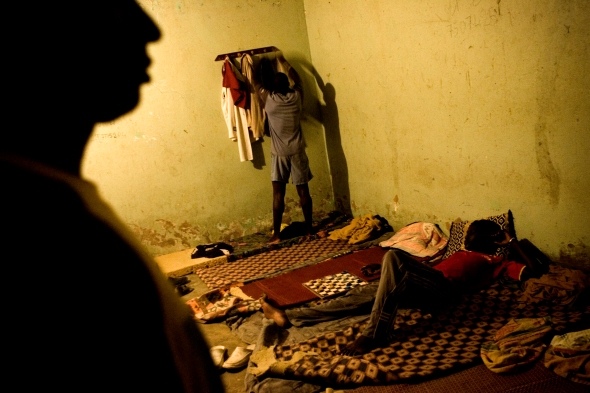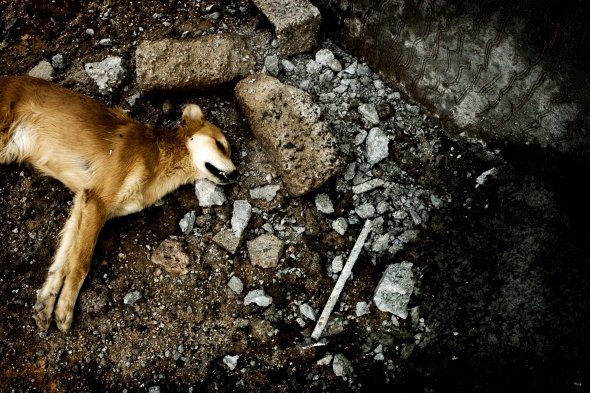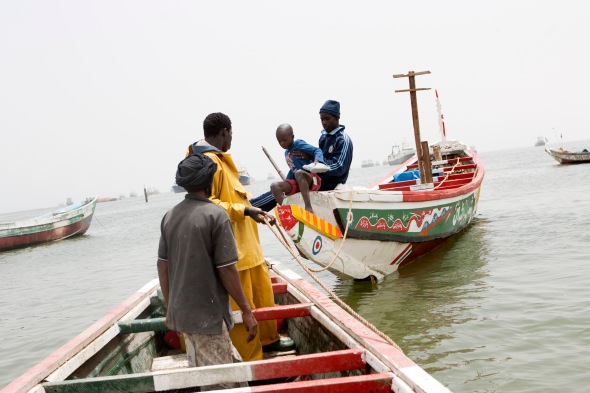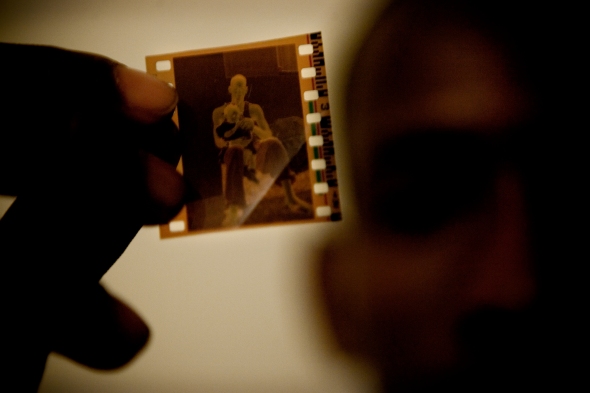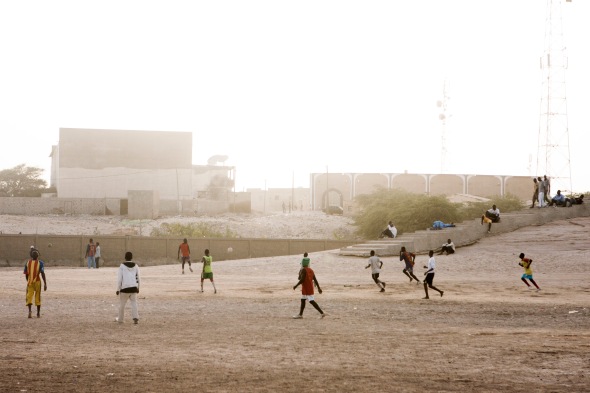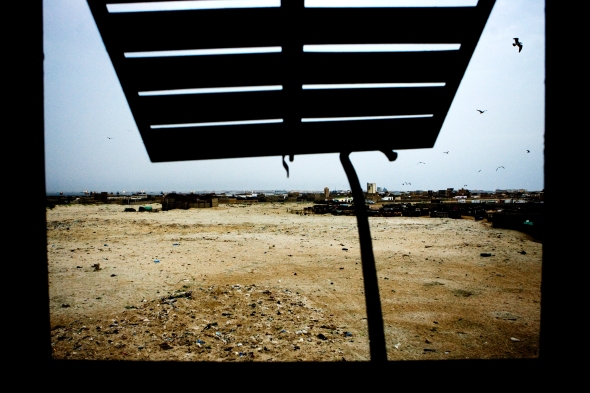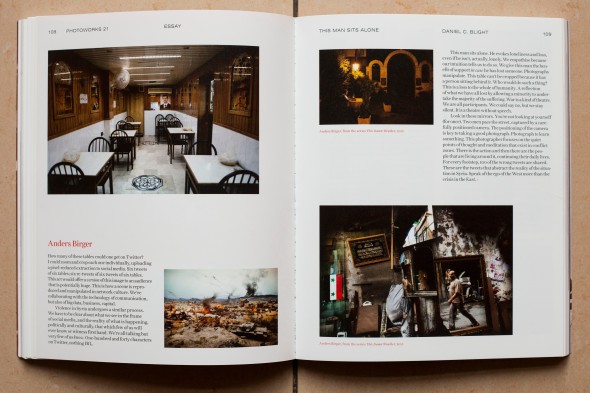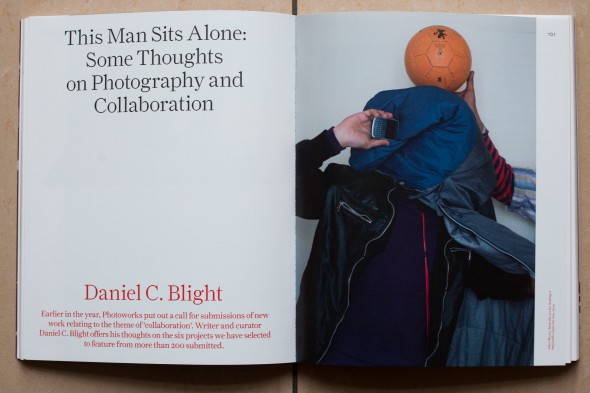I have spent the last couple of months on having a new website built which does a better job of showcasing new and old work. Please click HERE or the link below to go and explore!
Latest
Off to Roskilde Festival
I’ll be photographing at the Roskilde Festival again this year for Modkraft.dk.
It’ll be a mix of concert photography and news stories, and with a line-up including Paul McCartney, Florence + The Machine, Barrington Levy, Einstürzende Neubauten and many, many more it should be a blast! It’s my 16th year at the festival, and (as usual) what I am looking forward to the most is all the amazing people you meet and share some amazing musical moments with.
Here’s to you guys…
Promo Video for ‘Seeing The World’ Course at LCC
I’ve had a new promo video produced for my short course in documentary photography at London College of Communication.
The camera can capture communities and situations for posterity, it also allows you to step back, reflect and comment.The course is very hands on, although we do touch on the theoretical parts of documentary photography. Much of the time you’ll find yourself out shooting single assignments, off to museums and exhibitions, as well as going through your work with the tutor and your fellow students in the computer room (we work in Adobe Photoshop – there will be a short introduction, so no need to know these programs before)…
You can see all upcoming courses here.
The Invisible Ones – The story of a capsizing
The story of a capsizing
This is an extract from my project on African migrants living in Nouadhibou, Mauritania, waiting for their turn to set out to sea, risking their lives getting to Fort Europa (2008)
“We could hear the sirens night and day & day and night. After the third day, everything suddenly went quiet. Eleven of my friends jumped off the boat, they couldn’t handle the waiting, and they decided to swim for the shore. One by one we saw them disappear in the waves. They got eaten by the sea”. This tells Babacar Diops.
The up to 800 kilometers (500 miles) across the ocean takes place in small fishing boats packed with up to 90 migrants in each. The Spanish NGO “Organization for Human Rights in Andalusia” estimates that up to a thousand people died last year in their attempt to cross the sea.
Babacar Diops’s pale palms turn towards the sky. His eyes stands out like cracked china. Through the last year and a half, Babacar has seen fifteen of his friends die of hunger, deceases or drowning. First time was after four days in a small fishing boat riding a rough sea towards the Canary Islands. When the Spanish coastguard stopped the boat, Babacar couldn’t speak anymore.
“I was in the hospital for three days before I regained conscience. I was almost dead”. Four of the other 64 passengers never woke again.
For one week he was lying in a hospital bed, looking out of the window. Looking at Europe living it’s life, smelling the foreign country and listening to the sounds of another world. Then he was sent back home.
The police took him to the plane, the plane took him to Mauritania and Mauritania took him to jail. In his backpack he had €500, donated by the Spanish Red Cross. After 10 days in custody, he was given back to the streets. Both the backpack and the money had disappeared in the police storage.
One year after his first attempt, Babacar found himself mashed together with 73 other hopeful migrants in the bottom of a small wooden boat again trying for Europe. This time didn’t go as well as the first. They quickly lost their bearings and were left drifting the open sea for eight days in the hands of the North Atlantic currents before they by chance finally saw the coastline of Spain. But the coastguard were again blocking their way to the beaches of Las Palmas.
“The police threw us bundles of food and water, but they didn’t want to touch us. They only wanted to make sure we didn’t get any further”.
It took three days before desperation took over. Eleven of Babacar’s friends jumped overboard. They all drowned. After that the survivors where brought ashore. Two days later, they were back on a boat. This time they were going in the opposite direction. In Mauritania the police were waiting. The sentence was doubled, 20 days in the local internment camp nicknamed “Guantanamo”.
Today, only six months after he last looked death in the eyes, he’s again scouting the sea. Looking for the next boat that might take him to Europe.
Work Featured in Photoworks Annual
Pleased to see my series “This Damn Weather” (2012) featured in Photoworks Annual.
It is part of writer and curator Daniel C. Blight’s essay “This Man Sits Alone: Some Thoughts on Photography and Collaboration” and was published in connection with this years Brighton Photo Biennial – The UK’s largest photography festival.
The Last Exodus of Iraq’s Chaldean Christians

Three refugees seeking shade from the midday sun in the Syriac Catholic church Mart Shmony in Ankawa, Erbil. Schools, parks and construction sites are being used as temporary homes by thousands of families fleeing ISIL in Northern Iraq.
Text by John Paul Kuriakuz – former executive director of the Chaldean Assyrian Syriac Council of America.
“Before the U.S.-led invasion of Iraq in 2003, an estimated 1.4 million Chaldeans and Assyrians inhabited Iraq. In the decade that followed, hundreds of thousands of these Iraqi Christians either sought permanent refuge abroad or were internally displaced. During this turmoil, more than 60 churches were bombed, a Chaldean Catholic Archbishop was kidnapped and murdered, and an Iraqi Christian population of 1.4 million dwindled to fewer than 500,000—a result of the insurgency, subsequent unrest, and radically anti-Christian sentiment that ensued.
…
Today, targeted by ISIS for their Christian faith, Chaldeans and Assyrians are the victims of an unabashed ethnic-cleansing campaign. After seizing the northern city of Mosul in June, ISIS spray-painted the symbol for “Nazarene” on the homes of Christians. Families had 24 hours to convert to Islam, leave the city or face execution. Christians leaving the city had their possessions confiscated at security checkpoints and were forced to leave with nothing.
Most refugees fled to neighboring villages under the protection of Kurdish security forces, the Peshmerga. In response, ISIS shut off water supplies from Mosul to those villages. ISIS then continued its rapid advance into the villages outside of Mosul, displacing hundreds of thousands from their homes, converting churches to mosques, destroying homes and businesses, and leaving nothing to return to. An entire people have been cleansed from the region, guilty of nothing but their faith and ancient ethnicity.”













